Welcome to our guide on treating dark circles under the eyes. Dark circles affect people of all ages, often leaving us looking tired and aged. Fortunately, there are numerous treatment options available, from non-surgical remedies to surgical procedures.
In this blog series, we’ll explore techniques ranging from topical creams to surgical interventions like blepharoplasty. We aim to provide a comprehensive understanding of each option, empowering you to make informed decisions about your skincare journey.
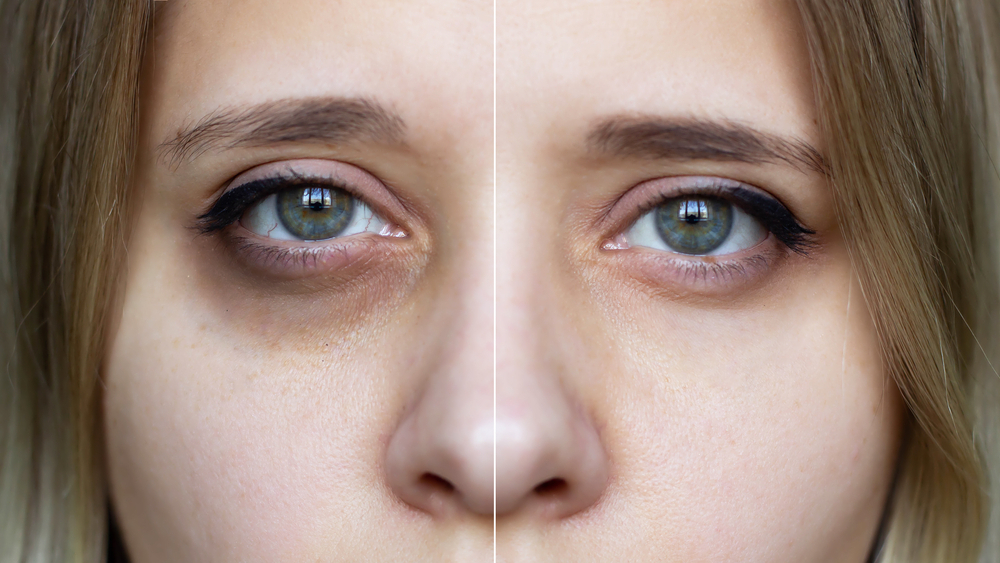
Causes of Dark Circles Under the Eyes
The primary contributors to dark circles under the eyes often boil down to two prevalent factors. Firstly, insufficient sleep, a common yet unsurprising cause, is often linked with insomnia. Secondly, individuals dealing with insulin resistance, especially those undergoing significant weight gain, particularly in fat accumulation, and encountering challenges in sugar metabolism. While these represent the major causes, viewing dark circles as an extension of chronic sleep deprivation is crucial.
Beyond these primary causes, various secondary factors contribute to the appearance of dark circles. Fluid retention, often associated with thyroid issues leading to edema and facial swelling, is one such factor. Additionally, alcohol and tobacco use, seasonal allergies triggering facial swelling, natural aging processes, conditions like hypothyroidism, adrenal issues such as cortisol resistance or Cushing’s syndrome, and diabetes with insulin resistance can all play a role.
Examining a research paper titled “Chronic Stress, Glucocorticoid Receptor Resistance, Inflammation, and Disease Risk,” it’s noteworthy that chronic psychological stress is linked to increased risks of depression, cardiovascular disease, diabetes, autoimmune diseases, upper respiratory infections, and poor wound healing. While the paper doesn’t explicitly address dark circles, it emphasizes the wide-ranging impact of stress on health. In some cases, conditions like adrenal insufficiency, a relatively rare medical condition, or what laypeople refer to as adrenal fatigue, may contribute to nervous exhaustion, although the latter lacks a definitive medical diagnosis.
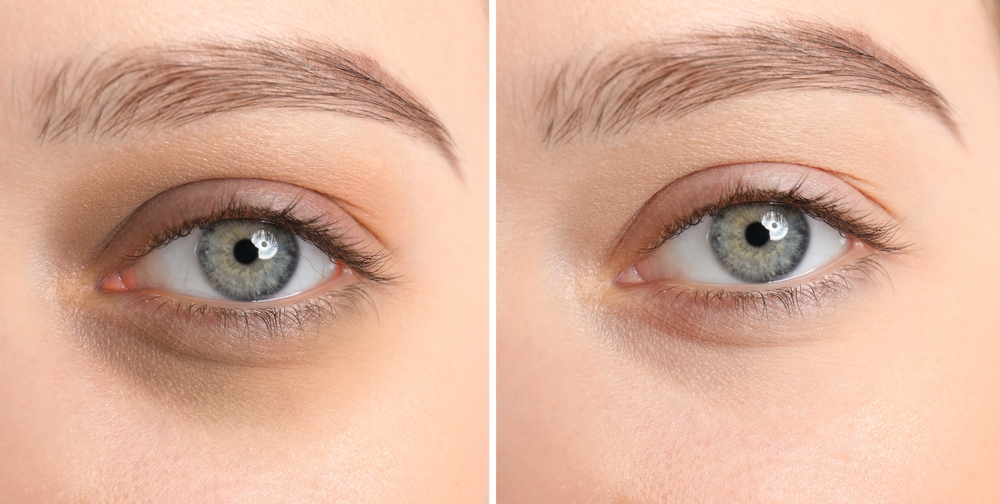
Three Types of Dark Under-Eyes Circles
We’ll explore the various types of dark circles and discuss effective solutions first. Contrary to popular belief, dark circles aren’t solely hereditary; other factors can contribute to their appearance.
- So, what are the different types of dark circles? First, we have brown dark circles, usually linked to pigmentation issues caused by sun exposure, UV damage, and environmental factors affecting skin quality and collagen. To address these, exfoliation, retinol, sunscreen, and sunglasses play crucial roles.
- Next up are blue dark circles, associated with circulation. The thin skin under the eyes becomes transparent, revealing blood or lymphatic flow. Improving circulation, rebounding (trampolining), exercise, and hydration with ingredients like hyaluronate and collagen peptides can help mitigate the bluish hue.
- The third type is black dark circles, not bruising but caused by a sunken area beneath the eye, casting shadows. Skincare-promoting collagen structure, including retinol, collagen peptides, and antioxidants, can help. However, filling the area with hyaluronics might work, but caution is advised with traditional fillers to avoid puffiness.
If the source of your dark circles falls within the spectrum of conditions responsive to routine skincare treatments, you can reduce the severity of your under-eye circles by selecting suitable skincare products. Additionally, numerous home remedies are also recommended for this purpose which will be discussed later.
What Home Remedies Are Available to Treat Dark Circles Under Eyes?
Many individuals prefer exploring natural and home remedies to address this issue. Following you can read about some of the most famous home remedies for treating dark circles under the eyes.
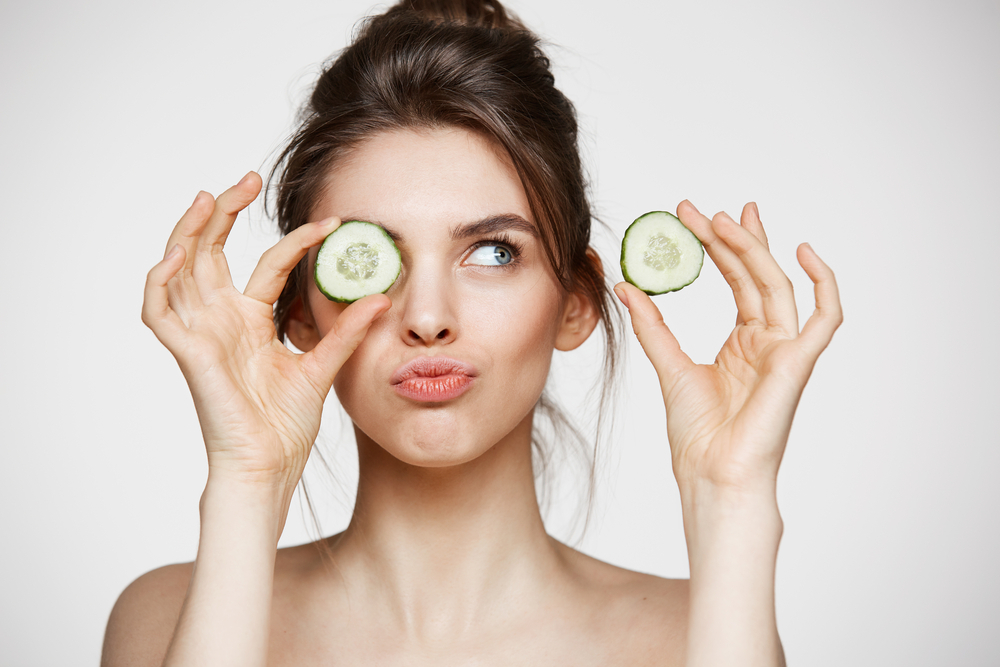
Cucumber Slices:
One of the classic remedies for reducing puffiness and dark circles is placing chilled cucumber slices over the eyes. Cucumbers have a cooling effect and contain antioxidants and silica, which can help improve skin texture and reduce discoloration.
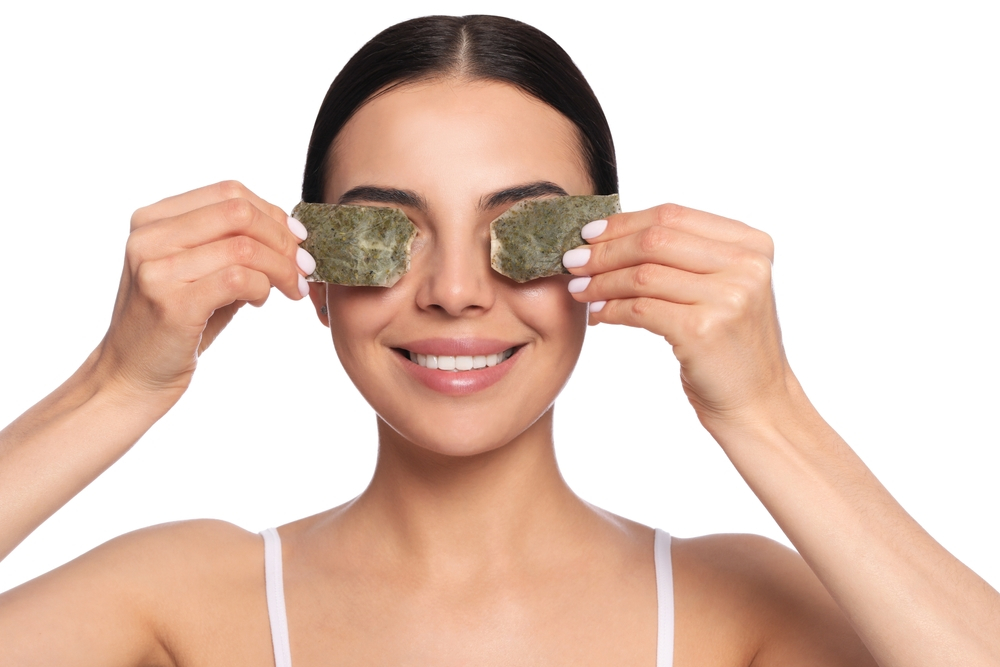
Tea Bags:
Used tea bags, particularly green or black tea, can be repurposed as an effective remedy for dark circles. The caffeine and antioxidants in tea help constrict blood vessels and reduce fluid retention, diminishing the appearance of dark circles.
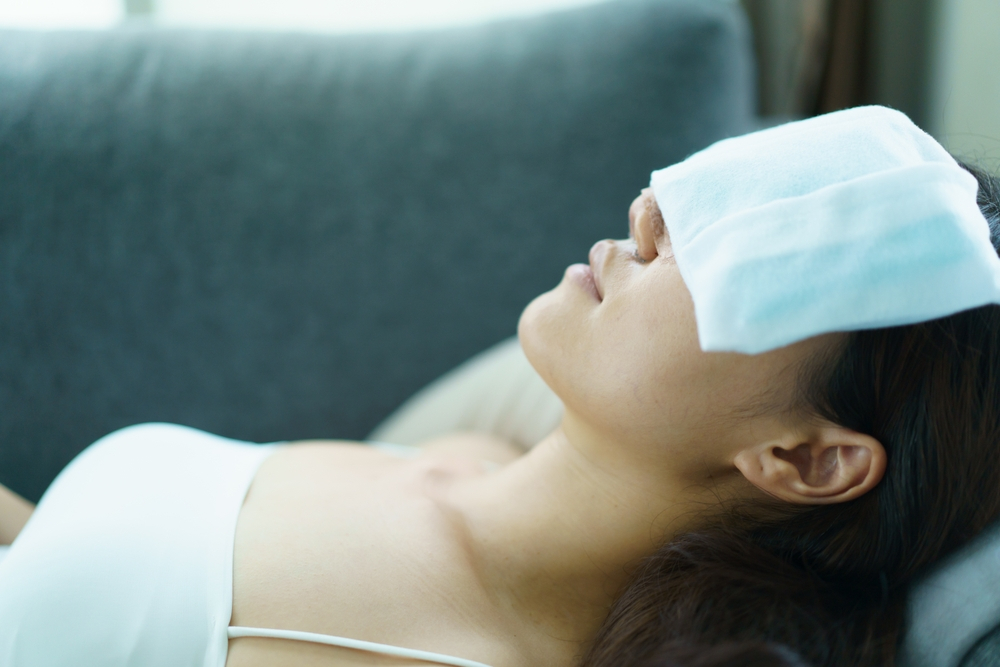
Cold Compress:
Applying a cold compress or chilled spoon to the under-eye area can help reduce swelling and constrict blood vessels, thereby minimizing the appearance of dark circles. This simple remedy is convenient and can provide immediate relief.
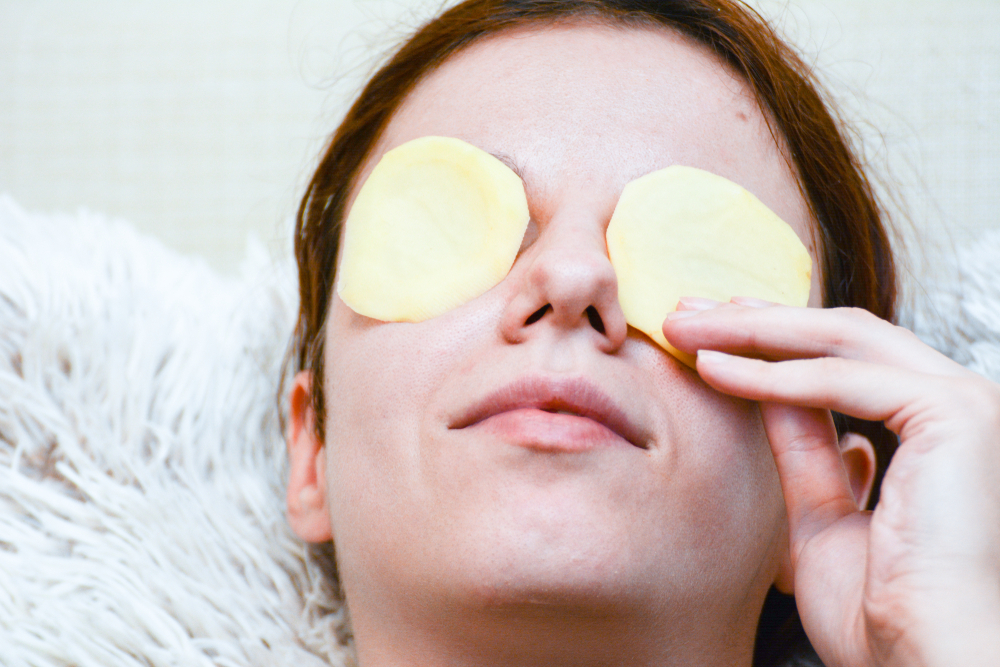
Potato Slices or Juice:
Potatoes contain natural bleaching agents like catecholase, which can lighten skin and reduce pigmentation. Applying potato slices or potato juice to the under-eye area can help diminish dark circles over time with regular use.
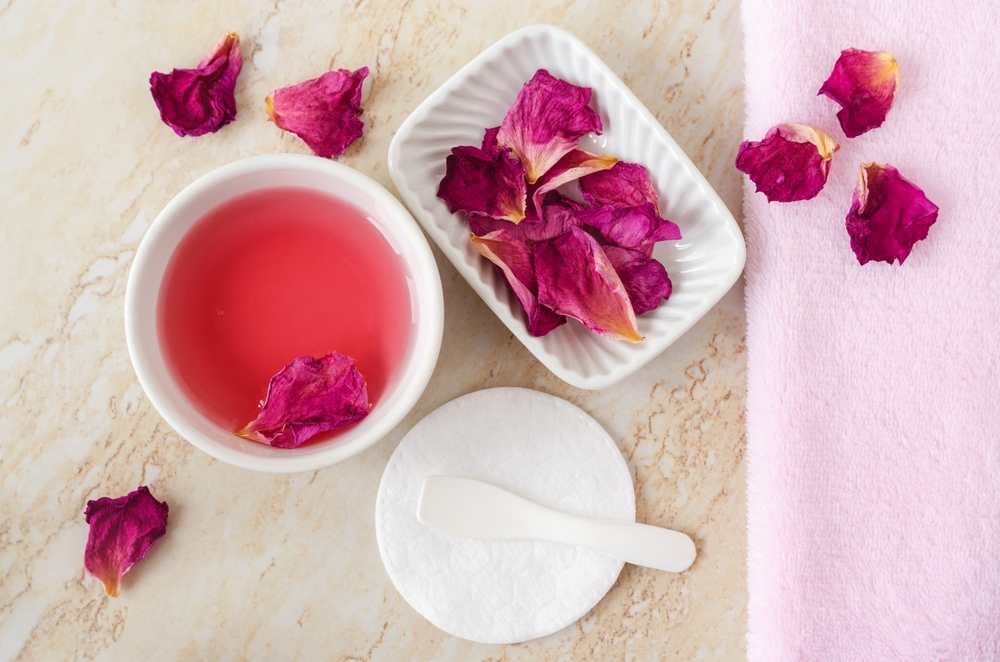
Rose Water:
Rose water is known for its soothing and rejuvenating properties. Applying chilled rose water to the under-eye area using cotton pads can help refresh the skin, reduce puffiness, and alleviate dark circles.
Tomato Paste:
Rich in antioxidants and vitamins, tomatoes can help lighten skin and reduce discoloration. Applying a mixture of tomato paste and lemon juice to the under-eye area may help diminish dark circles with consistent use.
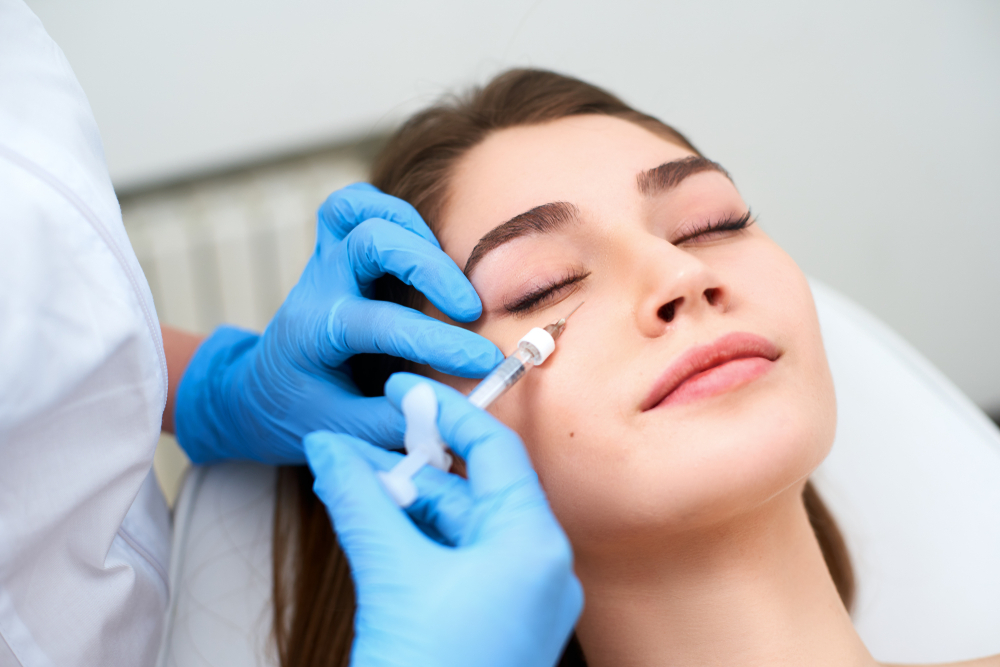
Filler Injection Solution to Remove Dark Circles of The Eyes
Fillers are commonly used to address and alleviate dark circles under the eyes. Dark circles, often associated with the tear trough area, can result from the natural aging process, genetics, or other factors.
The tear trough, located between the eye and the cheek, is a common area where shadows and depressions can form. In mild cases, these shadows may appear as dark lines, while in more severe instances, they can evolve into noticeable circles or even mimic the appearance of under-eye bags.
Injecting fillers, particularly in the tear trough and upper cheek areas, offers a non-surgical solution to this concern. The procedure involves augmenting the cheekbone and under-eye region, effectively filling in the gaps where the skin lacks support. This technique not only reduces the appearance of dark circles but also contributes to a smoother transition from the eye to the cheek.
Benefits of this approach include the improvement of the tear trough, reduction of nasolabial folds, and enhancement of cheek proportions. By addressing these specific areas, the overall result is a more youthful and attractive appearance.
The darkness under the eyes is often caused by shadows resulting from unevenness and depressions. The use of fillers helps eliminate these shadows, creating a refreshed and rejuvenated look. A micro cannula is commonly utilized during the procedure, providing a precise and controlled method of injecting the fillers.
This treatment offers a contouring effect, simultaneously targeting both the tear trough and cheek areas. The goal is to provide individuals with a natural and proportionate appearance, ultimately boosting their confidence and overall facial aesthetics.
If you are considering addressing dark circles under your eyes and are exploring non-invasive options, the use of fillers, particularly in the tear trough and cheek areas, maybe a suitable solution. Consultation with a qualified professional can provide personalized advice based on your unique needs and desired outcomes.
FAQ on Filler Injection for Dark Circle Under The Eyes
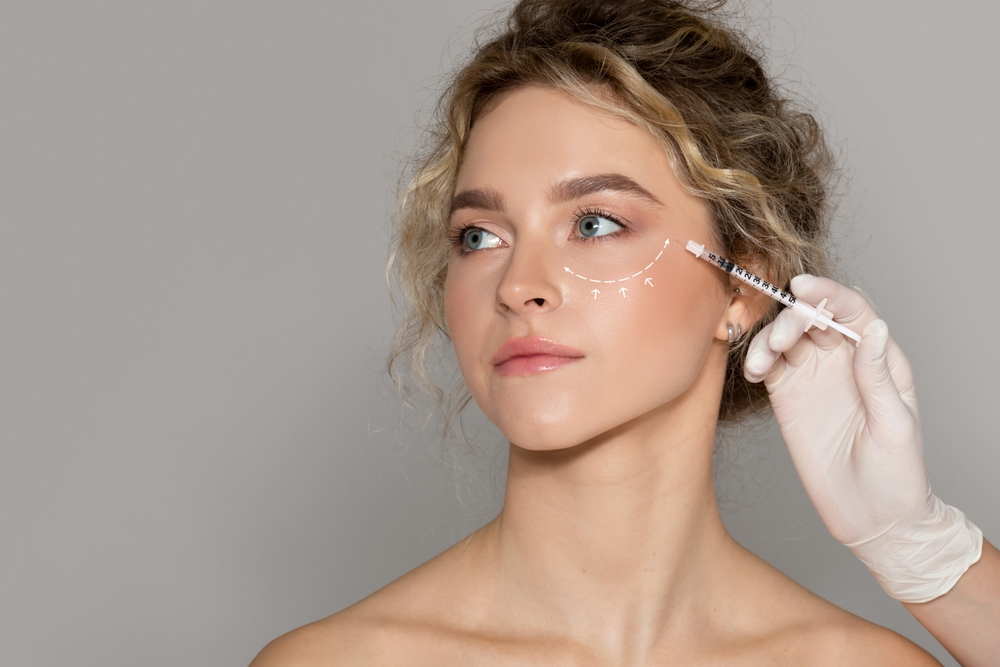
Can fillers be used for under-eye thin skin issues?
Yes, fillers can address thin skin concerns under the eyes, providing a lasting solution.
How long do fillers last, and what’s the waiting time for a second injection?
Fillers generally last 6-12 months, and the timing for a second injection can vary. Consulting with a professional is recommended.
Any alternatives to invasive procedures for dark circles?
Laser procedures, both ablative and nonablative, can be effective for dark circles without the need for invasive measures.
What about the first filler and Botox treatment for someone approaching 50?
According to the general impression received from patients of the same age range who have shared their experiences with the first filler and Botox treatment, it shows the positive impact of addressing signs of aging.
Do fillers stretch the skin, and is maintenance required for the look?
The need for maintenance varies. Consultation with a professional helps determine the type of filler and whether reinjection is necessary to maintain the desired look.
How long does hyaluronic acid filler last, and is it suitable for thin skin?
The longevity of hyaluronic acid filler varies. There are also concerns about visibility under thin skin which makes it necessary to seek help from an experienced practitioner to avoid complications.
Is filler recommended for Indian skin tone, especially for hereditary concerns?
In any case, it is important to do consultation to address individual concerns and hereditary factors.
Can fillers help with facial sagging due to tooth loss during pregnancy, along with dark circles?
We should underscore the potential benefits of fillers for addressing specific issues. The recommendation is to consult with a professional for personalized advice.
Regarding bruising after injection, how much is associated with the application vs. the fillers themselves?
Bruising is a risk with filler injections, and using microcannulas can reduce this risk when compared to needles. Moreover, bruising doesn’t necessarily indicate rough handling but may be due to contact with a vein or artery.
I’m 13 with severe dark circles and blue veins. Home remedies haven’t worked. Any advice?
You might be a good candidate for under-eye treatment using dermal fillers.
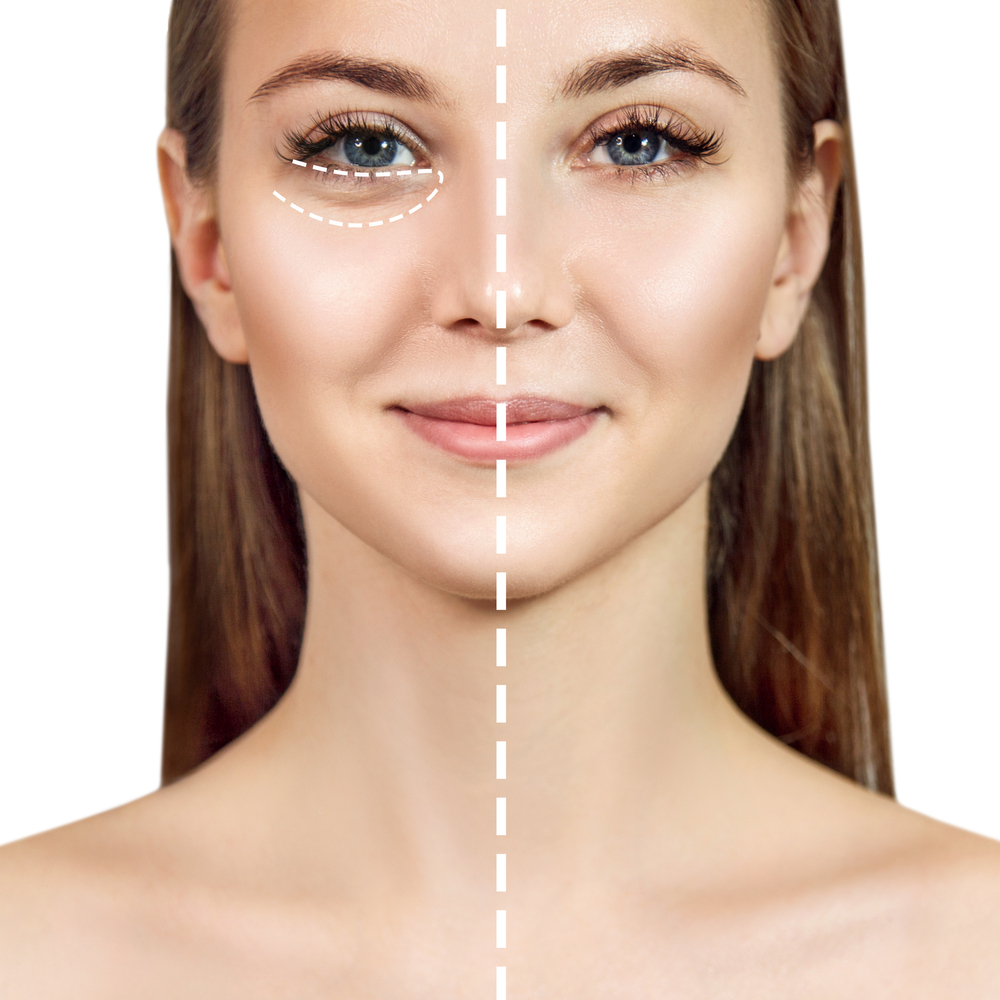
Does the procedure pose any harm to eyesight?
The procedure, when performed by a skilled professional, is generally safe. However, discussing specific concerns during a consultation is recommended.
Told I can’t get fillers as my under-eye area is flat, only creams are recommended. Is this true?
The recommendation for creams over fillers due to a flat under-eye area can vary. A consultation is necessary to explore the best options for your specific case.
I’m 22 years old with recent dark circles and visible veins – should I consider fillers?
Changes at your age are not uncommon. A consultation can help determine if fillers are suitable for addressing dark circles and visible veins.
How effective are fillers for dark circles, and do you recommend a laser treatment for veins under the eyes?
Fillers can be highly effective for dark circles when treating both the midface and tear trough areas to address volume deficits. Laser treatments for veins can complement the results. Consider searching for a laser treatment called blue-gone.
Are these fillers temporary, and why aren’t permanent fillers used in this procedure?
Hyaluronic Acid fillers are preferred for their reversibility. Permanent fillers cannot be reversed, and in thin-skin areas, generally non-reversible fillers are avoided due to potential complications.
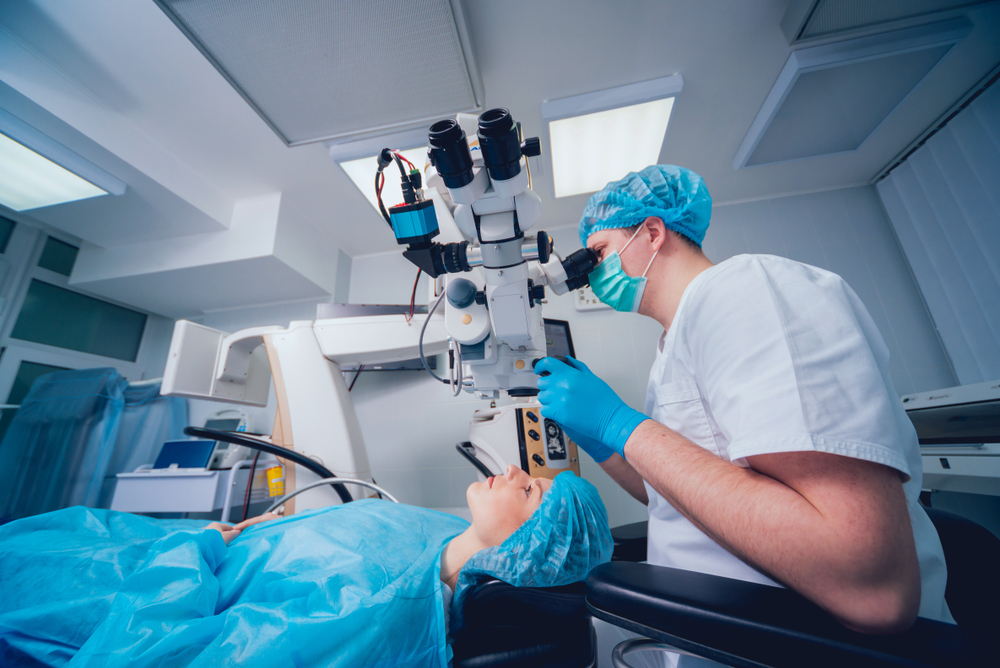
Other Non-Surgical Methods: Laser-Therapy
Laser therapy is one of the non-surgical methods used to treat dark circles under the eyes. Laser therapy works by targeting pigmentation, blood vessels, and collagen production in the skin around the eyes, helping to reduce discoloration, improve skin texture, and tighten the area.
There are different types of laser treatments available for dark circles, including:
Fractional Laser Resurfacing:
This treatment targets the outer layer of the skin, stimulating collagen production and improving skin texture and tone. It can help reduce the appearance of dark circles by promoting skin renewal and reducing pigmentation.
Intense Pulsed Light (IPL) Therapy:
IPL therapy targets pigmentation and blood vessels beneath the skin’s surface, effectively reducing dark circles and evening out skin tone. It can also stimulate collagen production for firmer, smoother skin.
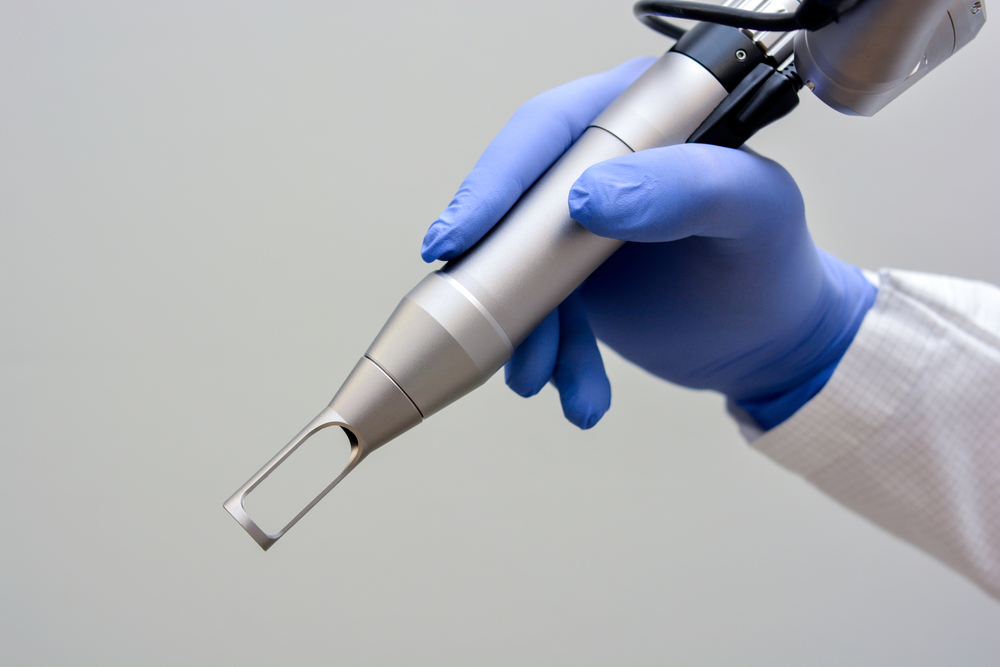
Q-Switched Nd:
YAG Laser: This laser treatment specifically targets pigmentation in the skin, breaking down excess melanin and reducing the appearance of dark circles. It is often used for stubborn pigmentation that does not respond to other treatments.
Fractional CO2 Laser Therapy:
This laser treatment penetrates deeper into the skin, stimulating collagen production and promoting skin tightening. It can improve skin texture and reduce the appearance of dark circles by addressing underlying skin concerns.
Before undergoing any laser therapy for dark circles, it’s essential to consult with a dermatologist or skincare professional to determine the most suitable treatment option based on your skin type, concerns, and medical history. Additionally, multiple sessions may be required to achieve optimal results, and proper post-treatment care is essential to ensure the best outcome.
You might also be interested in :

